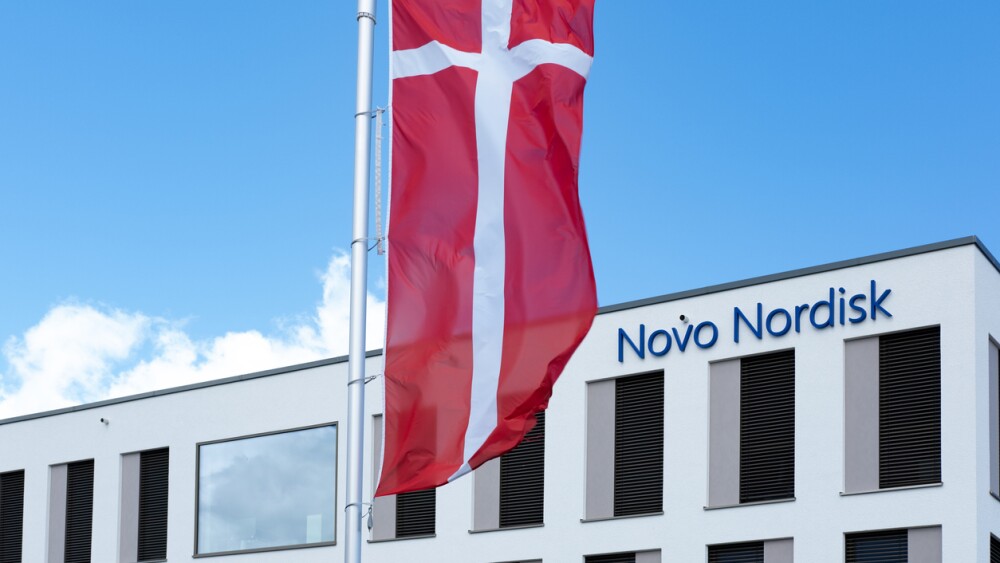The layoffs will take place throughout 2025 and will mostly affect Tenaya’s research and manufacturing operations. The company is continuing to test its hypertrophic cardiomyopathy gene therapy.
In a bid to keep itself afloat into the back half of 2026, gene therapy specialist Tenaya Therapeutics on Friday kicked off a restructuring initiative that will involve the termination of 30% to 40% of its staff.
Confirming the layoff numbers to Endpoints News on Monday, Tenaya CEO Faraz Ali said the terminations will mainly affect its research and manufacturing operations, and some administrative posts. Tenaya expects to wrap up the layoffs by the end of the year, according to Ali. The biotech listed 97 full-time employees in its annual report for the year 2024.
A Tenaya manufacturing facility in California will also become dormant later this year, Ali told Endpoints, noting that while the company will retain ownership of the site, it will not see active use.
In its SEC filing on Friday, Tenaya indicated that the restructuring program will cost between $1.6 million and $2.7 million, largely in connection with severance payments and continuing health benefits. In exchange, the biotech expects to “significantly reduce” its cash burn, pushing its runway out into the second half of 2026.
The restructuring will not “impact Tenaya’s ability to execute on projected enrollment milestones or data readouts,” according to the SEC document. Tenaya has produced enough of its drug products to support its ongoing trials, and its manufacturing efforts continue as planned. “Key capabilities to support early research have also been retained,” the biotech wrote.
Friday’s structural adjustments will allow Tenaya to better bankroll the development of its investigational gene therapy, TN-201, being developed for hypertrophic cardiomyopathy associated with insufficient levels of myosin-binding protein C (myBP-C).
Tenaya on Monday released data from the Phase Ib/II MyPEAK-1 trial, where in the first three treated patients, TN-201 DNA successfully reached the heart, and RNA of the gene also increased 13-fold over the course of the trial. Concentrations of the myBP-C protein levels also rose following TN-201 treatment, suggesting that the gene therapy “is successfully being transcribed and expressed after reaching target cells,” according to Tenaya’s announcement.
All three patients also saw marked improvements in daily activities. TN-201 treatment was safe overall, with most treatment-emergent toxicities being mild in severity and manageable or reversible.
In a note to investors following that data drop, William Blair analysts noted that while the MyPEAK-1 readout provided some clarity regarding TN-201’s functional benefits, “protein expression data [remain] challenging to interpret.” The biotech will continue to assess MyPEAK-1 to better understand the link between myBP-C expression and functional outcomes, according to William Blair.






